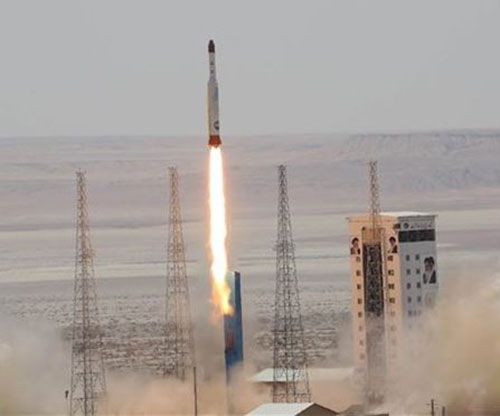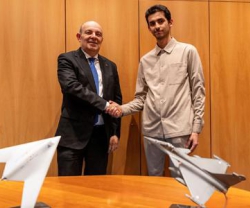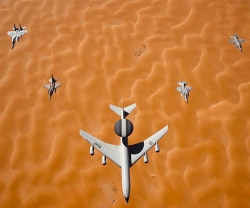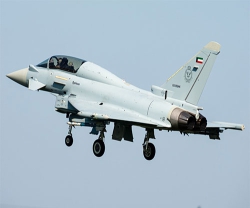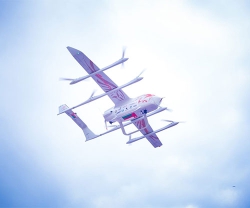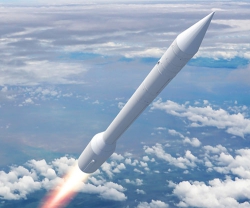Iran has carried out a second test of its Zoljanah satellite launcher, Iranian state TV reported on Sunday, in a move likely to irk Washington amid expectations of a resumption of indirect talks between the arch foes to revive a 2015 nuclear pact.
The United States fears such long-range ballistic technology used to put satellites into orbit could also be used to launch nuclear warheads. Tehran denies the U.S. accusation.
“The third development phase of the Zoljanah satellite launcher will be based on a combination of information gained during this second launch,” a Defense Ministry Spokesperson told state TV, without clarifying whether the test was successful.
The announcement comes as a months-long impasse in the indirect talks between Tehran and Washington is expected to break in the coming days to secure the 2015 pact which curbed Tehran’s nuclear program in exchange for sanctions relief.
Last year, the United States voiced concern over the successful launch of the domestically-made satellite launcher for the first time, which Tehran said was aimed at helping achieve its “most powerful rocket engine”.
The Zoljanah is a three-stage satellite launcher using a combination of solid and liquid fuels.
Earlier this month, Spokesman of the Space Department of the Iranian Defense Ministry Ahmad Hosseini said the country plans this second test its domestically-developed Zoljanah satellite carrier.
“Three launches of the Zoljanah satellite carrier were planned for research; one has so far been conducted and two others will be carried out later,” Hosseini said on 15 June.
The performance of the three-stage carrier, which uses compound fuel, can be evaluated in each launch, he said, Fars News Agency (FNA) reported.
The satellite carrier weighs 52 tons and is 25.5 meters in length. It can carry loads of up to 220 kilograms at an orbit of 500 kilometers above the surface, Hosseini said.
A week earlier, the Iranian Space Agency said work has been underway to prepare seven more satellites for launch into the orbit.
The Islamic Revolution Guards Corps (IRGC) Aerospace Force successfully launched a new reconnaissance satellite named ‘Nour-2’ into the orbit in March.
‘Nour-2’ satellite was sent to the space on the back of the home-built launcher Qassed (messenger) and was placed into the orbit at an altitude of 500 km.
The satellite is tasked with reconnaissance, and was placed into the orbit after 480 seconds at the speed of 6.7 km/s.
‘Nour-1’, the first military satellite of Iran, was successfully launched and put into orbit by the Qassed carrier in April 2020. It was placed into the orbit at an altitude of 425km.
In July, the IRGC Aerospace Force released images taken by Nour-1, showing al-Udeid base in Qatar, which hosts thousands of US forces.
The images taken through mosaicking method by Nour-1 Satellite, which was launched successfully on April 22, were high resolution and showed the US biggest airbase in the Middle-East in Qatar which hosts nearly 13,000 American forces.
The IRGC launched the satellite aboard Qassed (Carrier) satellite carrier during an operation that was staged in Dasht-e Kavir, Iran’s sprawling Central desert. The Launcher Qassed is a three-stage launcher using compound solid-liquid fuel.
Iranian officials have always stressed that the country’s military and arms programs serve defensive purposes.

